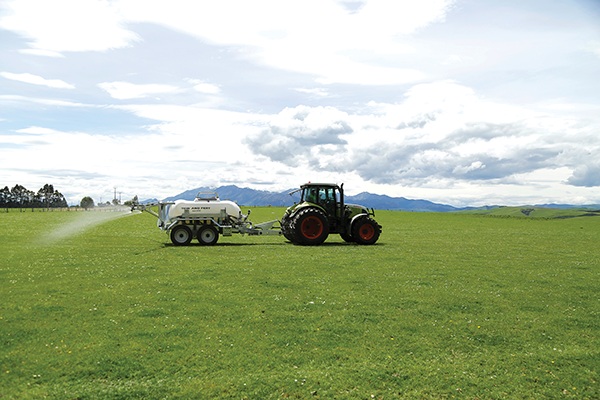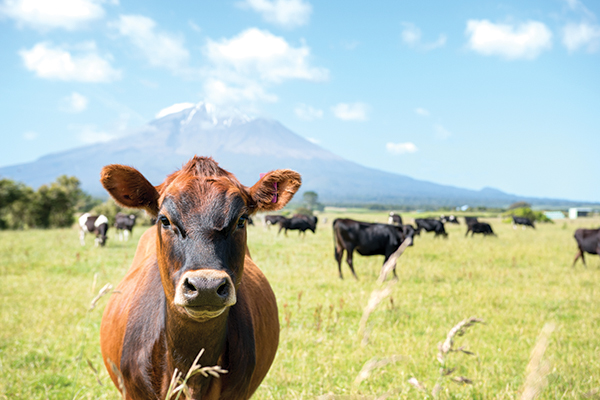By Joanna Grigg
The way farmers can get and store soil fertility data is changing. The stack of A4 soil test printouts in the cupboard can now be replaced by an electronic farm map where soil test results are automatically imported on to the map, direct from the soil testing service. One system doing this is HawkEye, developed by fertiliser company Ravensdown. The system supersedes Ravensdown’s SmartMaps and looks to do a whole lot more.
HawkEye software gives farmers the option to import their existing digital farm map or HawkEye can create one using a hard copy for around $500. Farmers can create their own digital map themselves.
“This is something that our farmer clients often get the kids to do,” Phil Barlow, product manager for HawkEye, says.
Signing up to the basic level HawkEye is free but charges for advanced versions will be rolled out. Plenty of mapping services are in the market.
A benefit to farmers of this mapping system, according to Barlow, is seeing planned and actual nutrient investments in a map form. It keeps them all together in one place and analysis and planning is easier.
Only soil tests done through the Ravensdown subsidiary ARL can be automatically loaded into HawkEye. Barlow says soil test results before 2010 do not have GPS locations so cannot be viewed on the map.
“That still provides about eight years to view on the trend graph however,” he says.
HawkEye plans to go much further than just displaying soil tests. It plans to integrate three perspectives of pasture production; imagery from the air, pasture quantity on the ground and nutrient input and diagnostic status of the soil.
C-DAX, a Ravensdown subsidiary, provides a range of farm activity data that can be automatically uploaded to HawkEye including pasture measurement and proof of placement maps from aerial and ground spreaders.
Barlow says data linkage is only with spreaders who are Ravensdown joint venture companies, but HawkEye is looking to add other data providers..
Hyperceptions, owned by Ravensdown and Massey University, classifies pasture and vegetation type using fixed wing aircraft to take hyperspectral images. Potentially it can be used to assess fertility too.
This data will soon be able to be uploaded to HawkEye.
HawkEye links to Farmax Pasture Growth Forecasting data for dairy which shows pasture cover predictions for each paddock measured out to about 12 days in advance.
“We plan to work with other primary industry data providers too – the key is collaboration.”
HawkEye is in both the building and rollout stage, with mainly dairy farmers signed up.
“Initially HawkEye has incorporated tools used by dairy farmers but will roll out more sheep and beef farming tools as we continue manufacturing the software,”
Barlow says.
Of interest to farmers is the pasture measurement and recording aspect, Barlow says. HawkEye uses Pasture Growth
Forecaster to show what pasture covers are expected on a particular block.
Barlow says using HawkEye may mean farmers use less or more fertiliser.
“As they view their soil trends and planned versus actual fertiliser applications they will have a better view of their farm performance.”
HawkEye will be open to any farmer to use, not just Ravensdown shareholders.
“Ravensdown are funding this because we want to provide better systems and services to help improve New Zealand; this thinking comes right from the CEO,” Barlow says.
Farmers used to Land Management Area designations in their maps will find the HawkEye Land Area Units to be similar.
They describe a paddock, block or land management zone. All have separate settings, so farmers can switch between these on the map. Mapping tools allow farmers to measure distances and areas on the map. Farmers can also export this shape information to GPS. There is an environmental team working on ways to capture information to and from Overseer.
“Incorporating an environmental plan to the map is probably months away however.”





